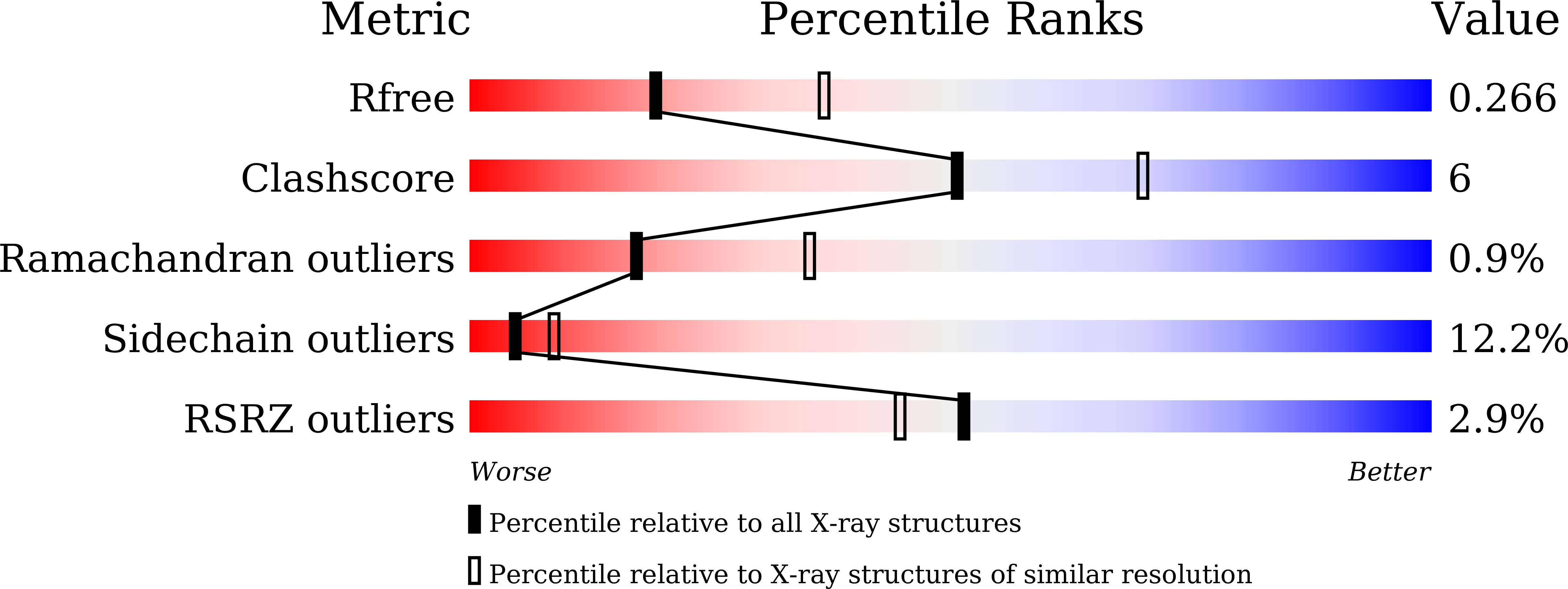
Deposition Date
2022-11-08
Release Date
2023-09-20
Last Version Date
2024-10-30
Method Details:
Experimental Method:
Resolution:
2.59 Å
R-Value Free:
0.26
R-Value Work:
0.24
Space Group:
P 32 2 1


